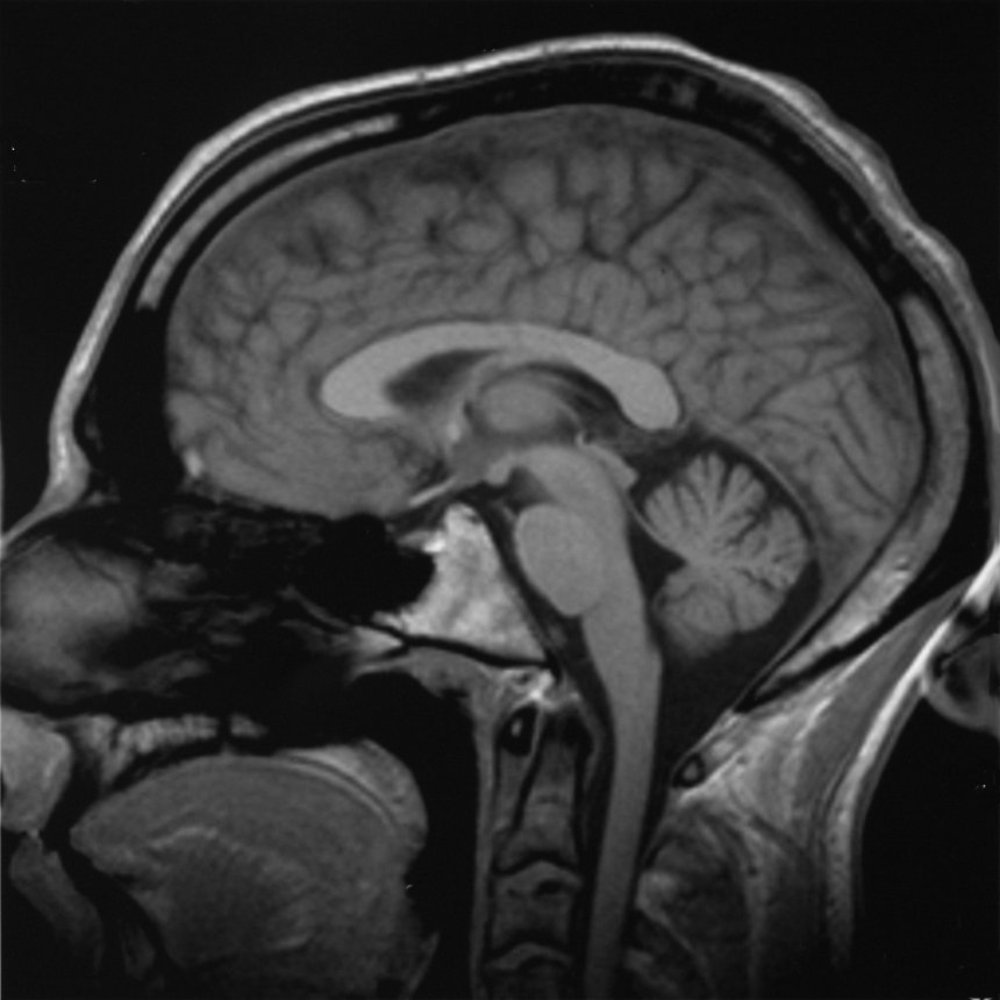How the brain learns involves the production of new cells, recent research has shown.
Traditionally, neuroscientists have regarded the learning process as depending upon the formation - and removal - of connections between nerve cells to store information. Now scientists at University College London have challenged this notion by showing that another class of brain cells, known as oligodendrocytes, are also crucial to the processes of learning and memory.
Oligodendrocytes produce a substance called myelin, which is a fatty material that wraps around nerve fibres to support and insulate them. And because, when individuals learn new things, changes can be observed in the myelin structure in their brains, UCL scientist Bill Richardson and his colleagues wondered to what extent these so-called myelinating cells might be participating in the learning process.
Working with mice, the team built a special "complex" mouse wheel, which had some of the rungs missing. This means that, to use it, an animal has to learn to anticipate missing rungs and adjust its gait accordingly. The team used mice that had been genetically modified to introduce a chemical switch into their cells.
Administration of the drug tamoxifen would flick this switch, blocking the production of any new oligodendrocytes from stem cells that are naturally present in the brain. When mice were trained to run on the complex wheel first before being given tamoxifen, they had no difficulty in continuing to exercise on the wheel. But, as the team show in their paper in Science, animals of a similar age who were given the tamoxifen agent and then exposed to the complex wheel were unable to learn to use it.
"This shows that preventing the formation of new oligodendrocytes is critical for the learning process," says Richardson. "We had thought that learning was only about connections between neurones, but this adds a new refinement, which is nonetheless essential."
Moreover, the finding also may shed light on the ageing process. "As we age memory and learning capacity falls off," explains Richardson. "This might be because the numbers of stem cells that can produce fresh oligodendrocytes is dwindling."
Fixing that might help make up for learning deficits in the elderly. "It might also help break bad habits," he speculates. "Bad habits, like a poor tennis serve, are hard to get rid of. So perhaps by harnessing this mechanism we might be able to help erase that and re-learn a process the right way..."
- Previous Remedying overdoses
- Next Young mind on old shoulders










Comments
Add a comment